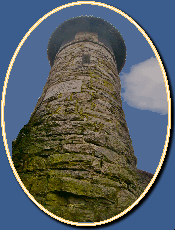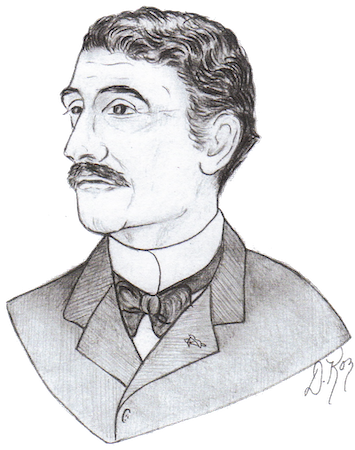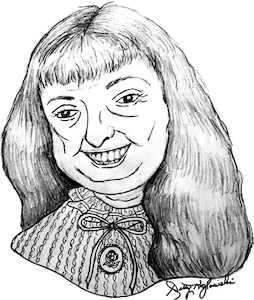Passion for history led to pen a lasting book on New Haven Colony
Edward Rodolphus Lambert is best remembered for writing the landmark “History of the Colony of New Haven Before and After the Union with Connecticut,” published in 1838. This work not only contained this history of his native Milford but also that of New Haven, Guilford, Branford, Stamford and Southold, Long Island, which was originally part of New Haven Colony. He also made two maps of Milford, one in 1835, the other in 1855.
Lambert was born March 20, 1808, the oldest child of Edward Allyn Lambert and his wife, Ann Bull. He was only 26 when he petitioned the town fathers to work with old records toward publishing “History of the Colony…”. As Morris W. Abbott noted in an article on his life “he must have developed early an interest in local history and antiquities, and this interest continued throughout his lifetime.” Lambert copied deeds and other documents many of which are stilled stored in Yale University and the Connecticut State Library. Not included among these, and assumed lost, is the deed recording the February 12, 1639 purchase from Ansantawae and local Indians for “6 coats, 10 blankets, 1 kettle, 12 hatchets, 12 hoes, 2 dozen knives and a dozen small glasses” (mirrors). Also the actual list of original settlers or planters and after planters is no longer available, and all that can be relied on has come to be known as “Lambert’s List.” Lambert never sought nor received any compensation for the work as he said in his preface: “The labor in collecting materials has been very great, and anything like fair remuneration is not expected. The stimulus is solely con amore, a desire to have the facts in convenient form for reference.”
A journal that has survived through the years chronicles his trip to England in 1838, running from August 4 through November 5. He wrote down what he did each day, including visits to many historic places in and around London, riding on a railroad train and also traveling across the English Channel to visit Calais. He expressed a strong desire to see Paris but never did so. A high point of the trip was seeing Westminster Abbey which he describes as “the burial place of Poets, statesmen, Heroes, Patriots and Kings. Here the great and renowned are congregated to moulder and decay in splendor and magnificence; here are numerous likenesses sculptured in marble, with many wax figures of kings and others dressed in their true robes of state.” But he never mentioned why he made the journey other than to say it was for an unidentified attorney sending him to do some legal research.
On January 1, 1833 he married Eliza Boothe, daughter of John and Dencie Boothe of Wallingford in Trinity Church, New Haven. They had 10 children but just three survived to adulthood. It could be for this reason he held a low opinion of physicians of his day. In his 1835 map of Milford, he identifies one as “M.D. = Mercurial Doctor.” He also called them “Calomel Doctors.” In a footnote in Lambert genealogy at the end of “History,” he makes note of the short life of his daughter, Eliza Boothe (1836-1838), “In April 1837, this child had a dangerous fit of sickness, but her life was saved by the skill and indefatigable attention of Dr. Edwin Woodruff and the virtues of Thomasonian remedies.” But Dr. Woodruff failed to save her life the following year.
The 1850 census has him living in Bridgeport where he worked as a surveyor and architect. In 1864, with George Beckwith, he made the original survey of Bridgeport’s Seaside Park.
Lambert died June 19, 1867 at age 60 in Bridgeport and was buried the next day in Milford Cemetery. His obituary in the June 18 edition of “The Bridgeport Evening Standard” mentioned some notable characteristics:
“Mr. Lambert was a man of scholarly bent and possessed more than ordinary intelligence. He was retiring in his habit, rarely or never mingling with society, unless called into it by business. Few therefore knew the extent of his information, and with those who did, he was interesting company. His coveted pursuit was the collection of historic records, and he was probably the most accomplished antiquarian in Fairfield County.”
“About thirty years ago he published in New Haven, which, if we rightly remember, was called The Chronicle. During the time of his residence in this city (about thirteen years) he has practiced surveying, with the exception of the last two or three years, when a chronic lameness in his leg prevented him from pursuing it.”



